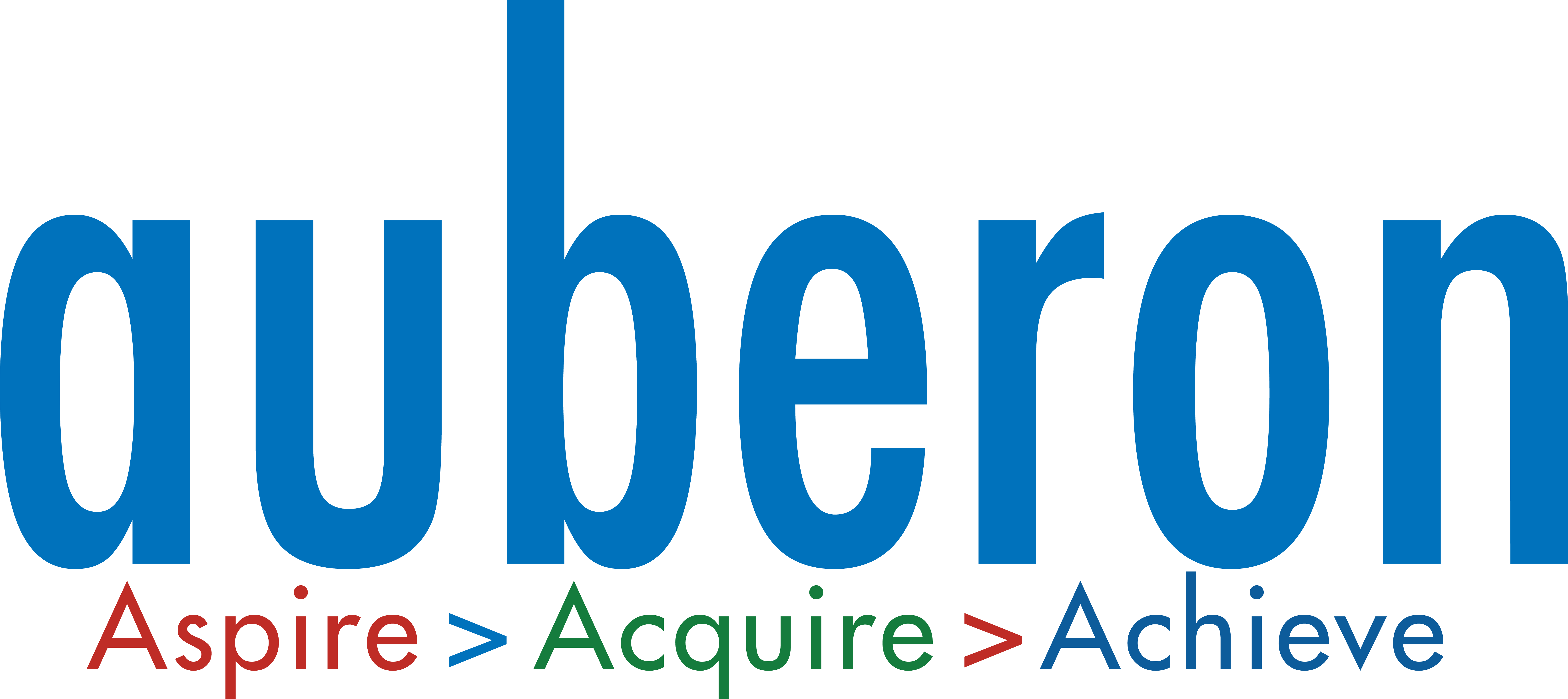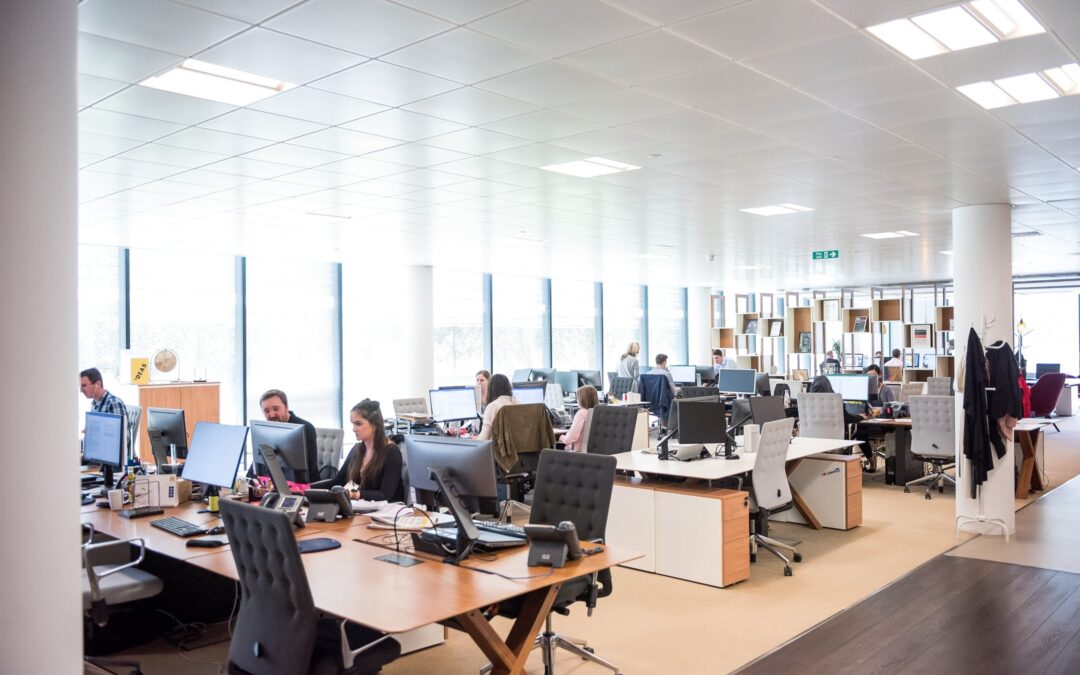Introduction
Facility management is a critical component in the real estate industry, ensuring buildings are well-maintained, safe, and operationally efficient. With the advent of technology, facility management has evolved, incorporating advanced tools to enhance building performance, prolong lifespan, and ultimately, increase property value. This article explores the importance of facility management, the role of technology, and how these factors contribute to the capital appreciation of real estate. Additionally, we will examine the severe consequences of poor maintenance, including real-life examples of building collapses.
The Role of Facility Management in Real Estate
Facility management involves the coordination of physical workplace elements with the people and work of an organization. It includes maintenance, space planning, energy management, and safety procedures. Effective facility management ensures that buildings remain functional, safe, and comfortable for occupants. Well-maintained facilities not only enhance the quality of life for tenants but also significantly impact the financial performance of the property.
Capital Appreciation through Effective Facility Management
Enhanced Property Value: A well-maintained property commands premium rents. According to a BOMA survey, buildings with superior facility management often achieve a 15% rental premium. Moreover, a 4% increase in property value is typically associated with every $1 spent per square foot on building improvements.
Energy Efficiency: Energy-efficient buildings reduce operating costs and attract environmentally conscious tenants. A 30% reduction in energy consumption can lead to a 5% increase in property value.
Extended Lifespan: Proactive maintenance extends a building’s lifespan by an average of 10-15 years. This translates to higher returns on investment over the long term.
Occupant Satisfaction: Tenant satisfaction directly correlates with retention rates. A 10% increase in tenant satisfaction can lead to a 6% decrease in vacancy rates.
Technology in Facility Management
Technology plays a pivotal role in modern facility management, offering tools for better decision-making and operational efficiency. Here are some key technologies transforming the industry:
- Building Information Modeling (BIM): BIM provides a digital representation of the building’s physical and functional characteristics. It aids in planning, designing, constructing, and managing buildings more efficiently.
- Computer-Aided Facility Management (CAFM): CAFM systems integrate data and processes to improve facility management. They help in tracking maintenance schedules, managing space, and optimizing resource use.
- Internet of Things (IoT): IoT devices collect real-time data on building performance, such as energy consumption, temperature, and air quality. This data helps facility managers make informed decisions and automate maintenance tasks.
- RFID Technology: RFID tags track assets and inventory within the building, ensuring efficient resource management and reducing loss or theft.
Consequences of Poor Maintenance
Neglecting facility management can have disastrous consequences, including building collapses. Here are notable examples:
- Surfside Condominium Collapse, Florida (2021): The collapse of Champlain Towers South in Surfside, Florida, highlighted the severe consequences of poor maintenance. The building suffered from long-term structural damage, which was not adequately addressed despite warnings. The tragedy resulted in 98 fatalities and raised awareness about the importance of regular inspections and maintenance.
- Savar Building Collapse, Bangladesh (2013): The Rana Plaza collapse in Savar, Bangladesh, is one of the deadliest building collapses in history, with over 1,100 deaths. The building, which housed garment factories, was constructed with substandard materials and did not adhere to building codes. Poor maintenance and the illegal addition of floors contributed to the disaster.
- Sampoong Department Store Collapse, South Korea (1995): The collapse of the Sampoong Department Store in Seoul, South Korea, resulted in over 500 deaths. The building’s structural integrity was compromised by illegal modifications and poor maintenance practices. This tragedy underscored the need for strict adherence to safety regulations and regular maintenance.



Conclusion
Facility management is integral to the real estate industry, directly influencing property value and occupant safety. The adoption of advanced technologies in facility management enhances operational efficiency, reduces costs, and prolongs the lifespan of buildings. Conversely, neglecting maintenance can lead to catastrophic failures, resulting in loss of life and significant financial repercussions. Real estate stakeholders must prioritize facility management to ensure sustainable growth and capital appreciation of their properties.
Effective facility management, coupled with technological advancements, not only preserves but also enhances the value of real estate assets, making it a crucial investment for property owners and managers.










